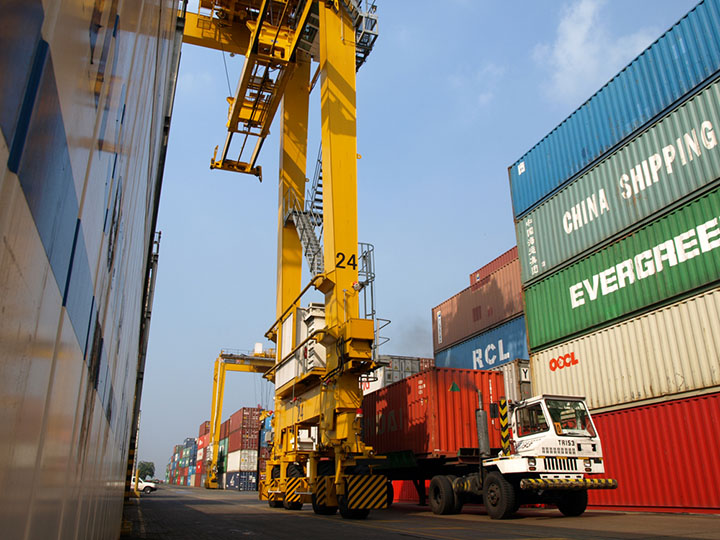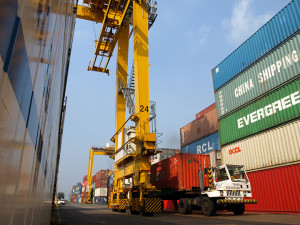

Amid difficult business conditions, the Philippines continues to demonstrate strong growth prospects among developing East Asia and Pacific nations, according to the World Bank in its latest East Asia Pacific Economic Update.
The Philippine economy is seen expanding to 6.4% this year buoyed by strong private consumption and election spending, before tempering slightly to 6.2% in 2017, the Washington-based lender said.
Low inflation, fuelled by low oil prices, will continue to drive domestic consumption, the report added. But risks to growth include the slowdown of remittances from overseas Filipino workers in oil-exporting countries and lower net exports due to weak external demand. A stronger El Niño could also lead to higher food prices, especially if food imports are delayed.
“In the recent years, the Philippines has continued to deepen macroeconomic stability, promoted transparency and put a lot of resources in infrastructure and services that helped poor and vulnerable families,” WB country director for the Philippines Mara Warwick said in statement.
What is needed now, according to the report, is to institutionalize reforms made by the current administration and to accelerate the economic reform agenda.
These reforms include further enhancing competition in sectors with a high impact on jobs, such as shipping and telecommunications, securing property rights through more systematic and administrative adjudication of land rights, and simplifying business regulations to encourage the growth of firms of all sizes, while continuing to sustainably ramp up public investments in infrastructure and social services.
“In all these, priority is needed in Mindanao, where decades of conflict and neglect have kept it from reaching its potential,” the report pointed out.
Government, business, labor, and civil society also need to work together and agree on a package of reforms that will maximize the country’s chances for more inclusive growth, the report noted.
Growth in developing East Asia is expected to ease from 6.5% in 2015 to 6.3% in 2016 and 6.2% in 2017-18. The forecast reflects China’s gradual shift to slower, more sustainable growth, expected to be 6.7% in 2016 and 6.5% in 2017, compared with 6.9% in 2015.
“Developing East Asia and Pacific continues to contribute strongly to global growth. The region accounted for almost two-fifths of global growth in 2015, more than twice the combined contribution of all other developing regions,” incoming WB East Asia and Pacific Regional vice president Victoria Kwakwa said.
“The region has benefited from careful macroeconomic policies, including efforts to boost domestic revenue in some commodity-exporting countries. But sustaining growth amid challenging global conditions will require continued progress on structural reforms,” Kwakwa added.
Across the region, there is a growing need for prudent fiscal policy to guard against future external shocks, the report said.
“This is especially important in those economies where growth has been sustained through increased public or private sector borrowing, or where external demand has been supported by the commodities boom,” the WB report said.
Over the longer term, the report called for governments to boost transparency and strengthen accountability, and reduce barriers to regional trade, such as non-tariff measures and regulatory barriers, including those that hinder trade in services.




